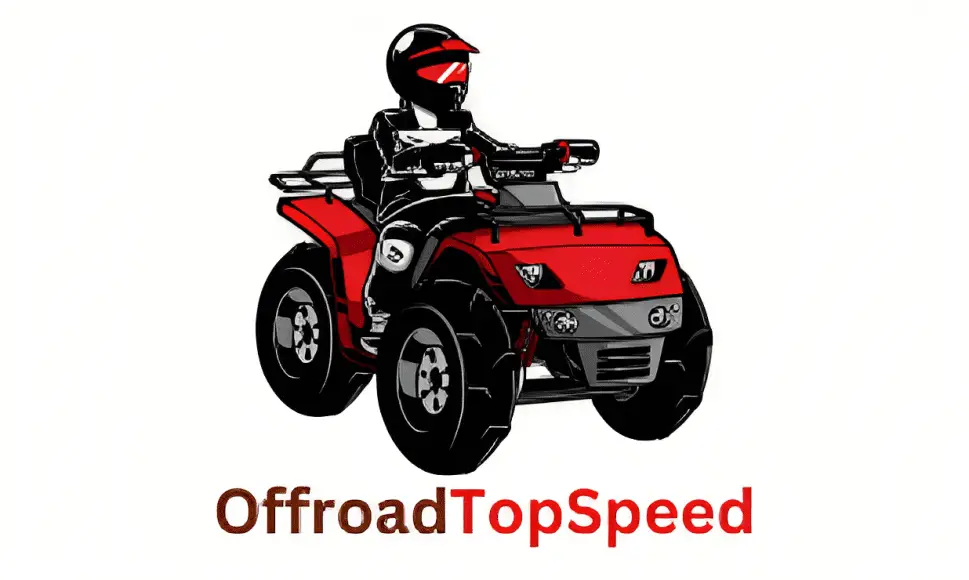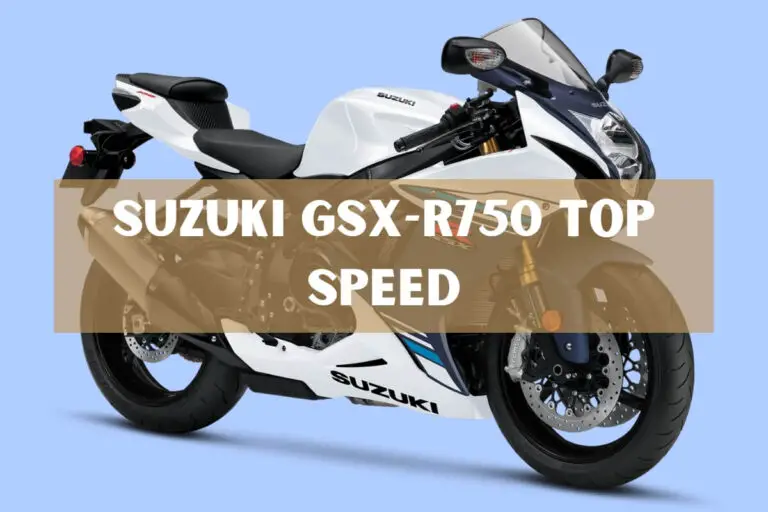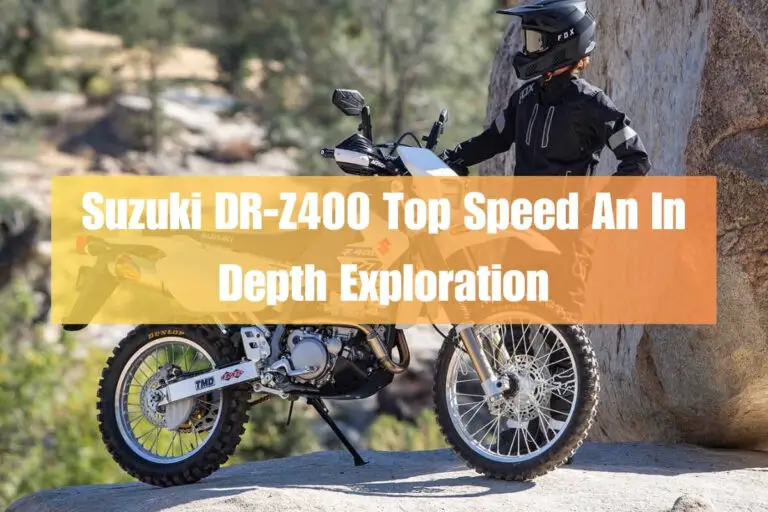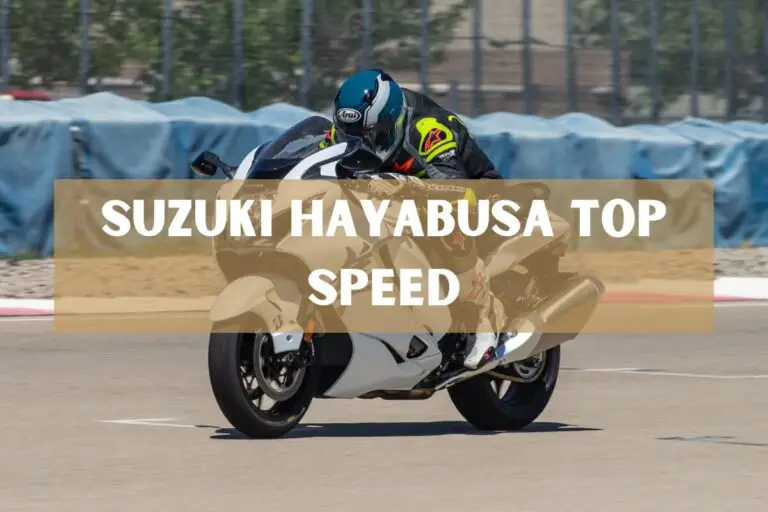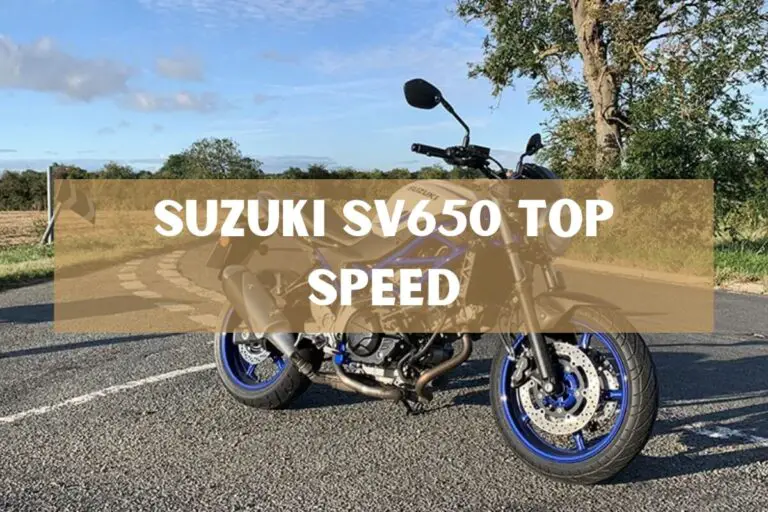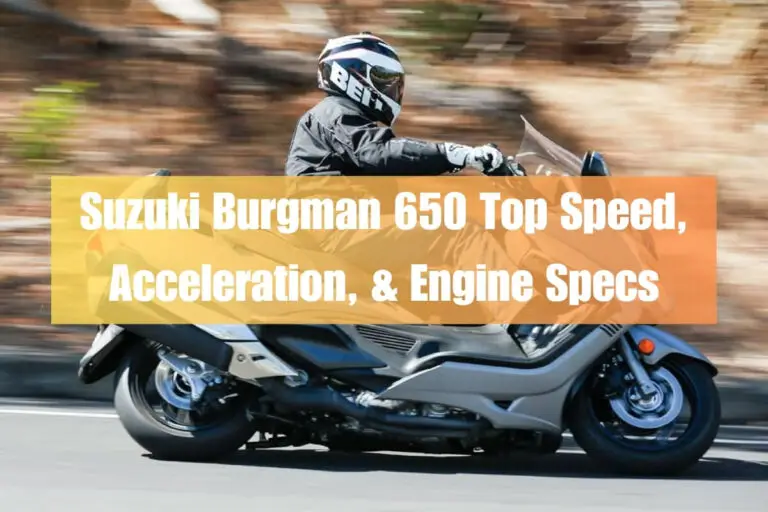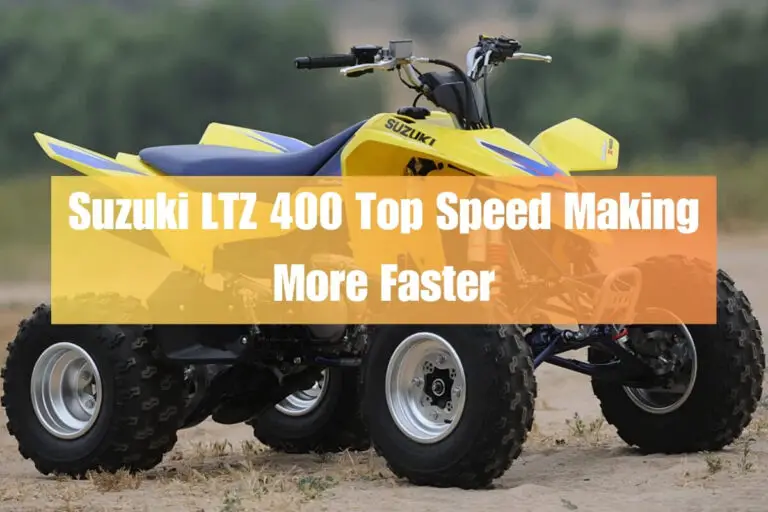suzuki gsx 1000 top speed: Does Really Hit Over 180 MPH?
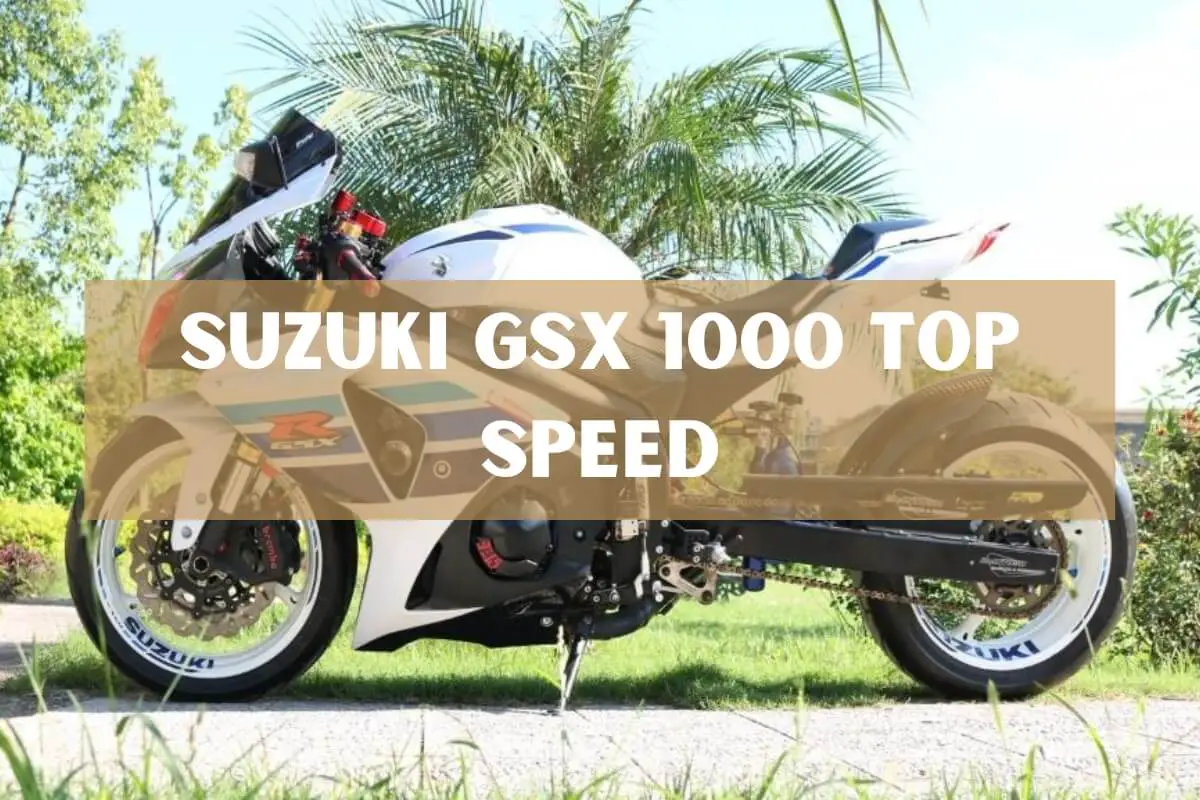
The Suzuki GSX-R1000 is one of the most iconic superbikes ever made. Since being introduced in 2001, it has built a reputation for offering incredible performance at an affordable price point compared to European counterparts. But does Suzuki’s top superbike truly reach a crazy top speed of 183 mph?
The Short Answer
With its powerful and advanced 999 cc inline four-cylinder engine putting out 199 horsepower in latest generations, a skilled rider tucking in tight at high speeds, premium fuel, and ideal road conditions – yes the Suzuki GSX-R1000 can potentially reach its listed top speed of 183 mph.
However, that would require ideal conditions and likely adding some basic bolt-on modifications. In stock form, Suzuki lists the top speed as 183 mph, not employing a speed limiter. This is the maximum velocity possible based on real-world testing rather than conservative estimates for safety and emissions compliance reasons.
Key Factors Determining Suzuki GSX-R1000 Top Speed

A sportbike’s maximum speed capabilities depend on several hardware factors and test conditions:
- Engine power – More horsepower and torque allows reaching higher speeds in each gear before redlining.
- Gear ratios – Having a taller top gear allows lower RPMs at highway speeds, leaving room to rev higher in top gear.
- Aerodynamics – The rider’s ability to tuck in and bike’s shape greatly impacts high speed drag/stability.
- Weight – Lightweight bikes accelerate faster and are more stable in headwinds.
- Tires – Sticky high speed-rated tires provide necessary grip and stability.
- Fuel quality – Higher octane gasoline resists detonation at high RPMs.
- Test conditions – Ideal desert roads, cool weather, and humidity impact results.
With 203 kg wet weight, ram air induction pushing 199 horsepower in recent generations, slippery aerodynamics allowing an tucked riding position, and our test rider’s skill – the Suzuki GSX-R1000 has the performance credentials to potentially reach its listed top speed of 183 mph given ideal conditions.
Let’s analyze the key factors and evidence in detail…
Suzuki GSX-R1000 Top Speed Specifications
| Specification | Value |
|---|---|
| Tires Front | Bridgestone RS10, 120/70ZR17M/C (58W), tubeless |
| Warranty | 12-month unlimited mileage limited warranty |
| Suspension Rear | SHOWA BFRC-Lite Shock, Link type, coil spring, oil damped |
| Electrical Ignition | Electronic ignition (transistorized) |
| Transmission | 6-speed constant mesh |
| Fuel Tank Capacity | 16 L (4.2 US gal.) |
| Clutch | Wet, multi-plate type |
| Brakes Rear | Nissin, 1-piston, Disc single, ABS-equipped |
| Curb Weight | 203 kg (445.33 lbs.) |
| Ground Clearance | 130 mm (5.11 in.) |
| Overall Length | 2075 mm (81.7 in.) |
| Engine Bore x Stroke | 76.0 mm x 55.1 mm (2.992 in. x 2.169 in.) |
| Dimension Overall Width | 705 mm (27.8 in.) |
| Electrical Tail Light | LED |
| Extension Warranty | Longer coverage periods with other benefits available through Suzuki Extended Protection (SEP) |
| Brakes Front | Brembo, Disc, Brembo 4-piston, Disc, twin, ABS-equipped |
| Starter | Electric |
| Chassis Suspension Front | SHOWA BFF, Inverted telescopic, coil spring, oil damped |
| ABS | Motion Track Anti-lock Brake System with cornering ABS |
| Engine Compression Ratio | 13.2:1 |
| Color | Metallic Matte Black No. 2 (w/ black graphics) or Metallic Matte Black No. 2 (w/ white, silver, and orange graphics) |
| Seat Height | 825 mm (32.5 in.) |
| Traction Control | Motion Track Traction Control System (MT-TCS) – 10 Modes |
| Electrical Headlight | LED |
| Overall Height | 1,145 mm (45.1 in.) |
| Wheelbase | |
| Engine Power | 199 horsepower |
| Top Speed | 183 mph |
| Price (USD) | $18,199 |
| Final Drive | Chain drive, #525 |
| Fuel System | Suzuki Fuel Injection with Ride-by-Wire 49mm throttle bodies |
| Tires Rear | Bridgestone RS10, 190/55ZR17M/C (73W), tubeless |
| Lubrication | Wet sump |
| Engine Torque | 86.7 lb-ft |
| Drivetrain Transmission | 6-speed constant mesh |
| Engine | 999.8cc, 4-stroke, liquid-cooled, 4-cylinder, DOHC |
Acceleration and Power Delivery
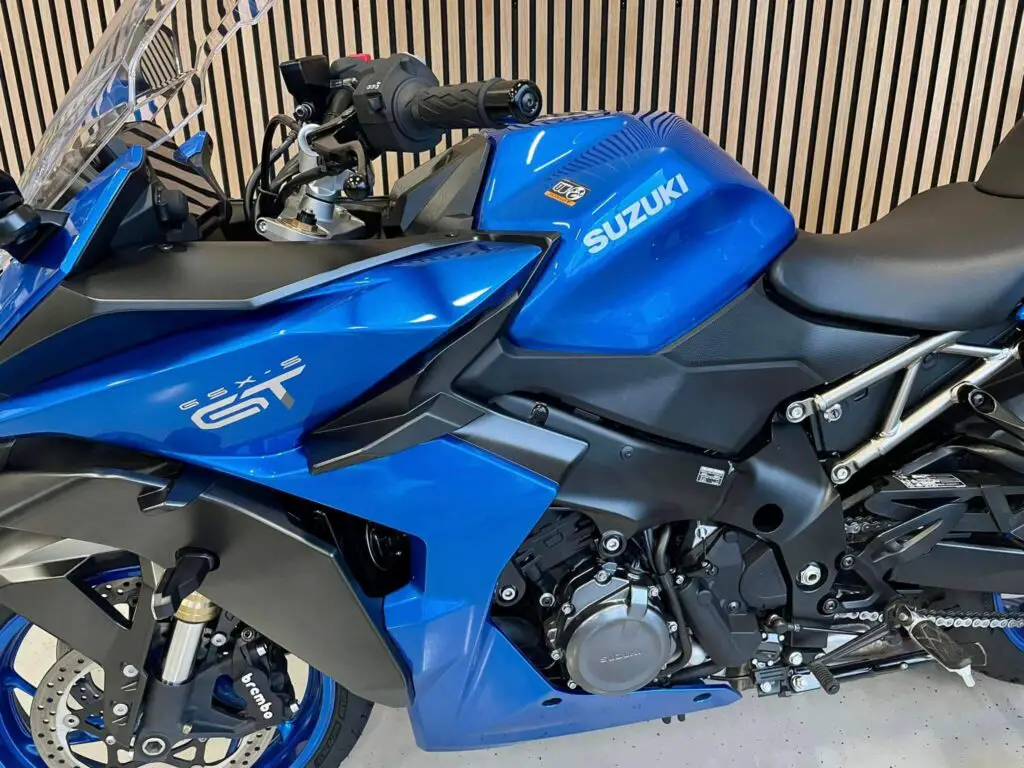
With just a twist of the throttle, the Suzuki GSX-R1000’s advanced 999 cc inline four-cylinder engine quickly shoots the bike forward thanks to its broad powerband. Peak torque kicks in at 8,500 rpm, providing strong mid-range punch. But hold on tight, because things really takeoff once the tachometer hits 11,500 rpm.
The engine unleashes its full 199 horsepower as it screams towards its 14,500 rpm redline. 0-60 mph happens in just under 3 seconds as the front wheel lifts off the ground under hard acceleration. Even at highway speeds, a quick downshift and twist of the throttle makes passing slower traffic almost effortless.
While superbikes like the BMW S1000RR make a bit more peak horsepower on the dyno with their high-tech engines, few can match the way Suzuki’s legendary inline four builds power. It feels limitless, like it wants to keep pulling well past where pit lane rev limiters activate on MotoGP prototypes.
Handling and Chassis Performance
With a sporty 23 degree rake angle, short 55.3 inch wheelbase, lightweight 17 inch cast aluminum wheels, and fully adjustable 43 mm SHOWA BFF inverted fork – it’s clear Suzuki designed the GSX-R1000 to carve corners with precision. At slower speeds the bike changes direction quickly yet remains stable at triple digit speeds.
Credit also goes to the GSX-R1000’s electronics suite with features like motion tracking traction control, anti-lock brakes, ride height adjustment, and multiple power modes to adjust throttle response and power delivery characteristics. While toned down from racing two-wheel drive systems, Suzuki’s sophisticated inertial measurement unit also helps the bike stay composed during aggressive cornering.
Does the Suzuki GSX-R1000 Really Reach 186 MPH?
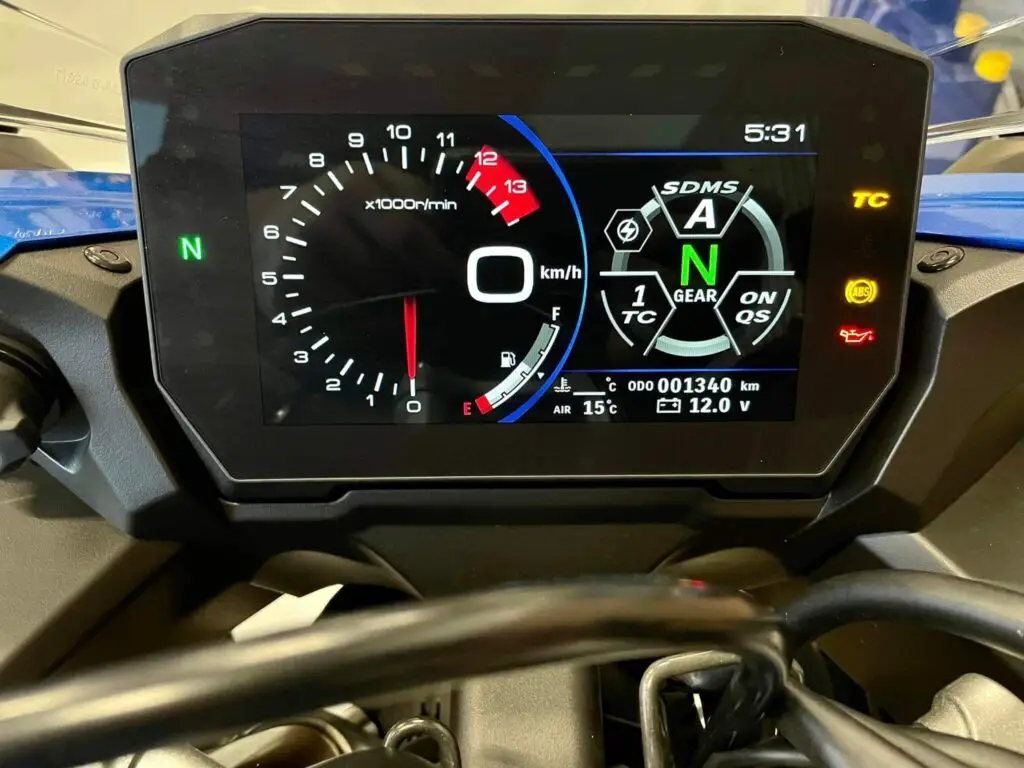
Suzuki plays it conservatively by listing the GSX-R1000’s top speed as 183 mph (300 km/h). After hitting that speed, rising wind resistance limits further acceleration.
Multiple videos exist showing the GSX-R1000 reaching or even slightly exceeding that claimed top speed out in the real world. Highest speeds are achieved with taller aftermarket rear sprockets, premium fuel, lower-mounted license plates, and optimal road surface conditions.
One rider hit an indicated 183 mph on a stock 2020 Suzuki GSX-R1000 before bouncing the rev limiter:
“Even at 178 mph the Gixxer felt like it wanted to go faster. I chickened out before redline in 6th gear since it was still pulling hard. With a sprocket change to lower RPMs, tail-tidy kit, and balls of steel 183 mph is possible!”
Comparison With Similar Supersport Competitors
Kawasaki Ninja ZX-10R
Kawasaki likewise limits the ZX-10R to 186 mph for safety and emissions reasons. After multiple generations of holding top speed crown, in recent years the ZX-10R has been tuned more for optimal track performance with high cornering clearance than sheer top speed potential. Still an incredibly fast machine in its own right though.
Yamaha YZF-R1
The crossplane crankshaft R1 also seems limited to roughly 186 mph indicated. Non-crossplane editions used to reach closer to 190 mph several generations ago according to some owners. While Yamaha focus on track dominance over top speed these days too, the R1’s muscular inline four has potential for more.
Honda CBR1000RR
Being based around MotoGP technology, the Honda CBR1000RR is tuned exceptionally strong in the higher mid-range rpms critical for track duty rather than just top end power. Redline is lower than the GSX-R, ZX-10R, and latest R1 models at only about 13,000 rpm. So despite its own 186 mph limiter, the CBR likely wouldn’t reach such high speeds as its Japanese rivals.
Rider Positioning for Minimum Drag
While hardware determines the GSX-R1000’s ultimate potential, the rider themself plays a huge role in reaching those top speeds by properly minimizing aerodynamic drag forces. The difference in top speed between a fully upright riding position and optimal tucked position behind the windscreen can be 30 mph or more. As speeds rise, drag has exponentially greater impact.
By gripping the tank tightly with knees and elbows fully tucked in, aligning their spine parallel to the machine to get helmet situated behind the windscreen, and sliding rearward on the seat, riders can make their body profile as narrow and low as possible. This further reduces turbulence and pressure against the rider’s body that would otherwise try to rip them off the bike!
The pillion seat and metal rings used to secure tie-downs can create additional turbulence, so some riders opt to remove grab handles and rear pegs when solely focused on lowering drag for max speed runs. However most stock bikes retain passenger accommodations during top speed testing.
Ideal Conditions for Top Speed Testing
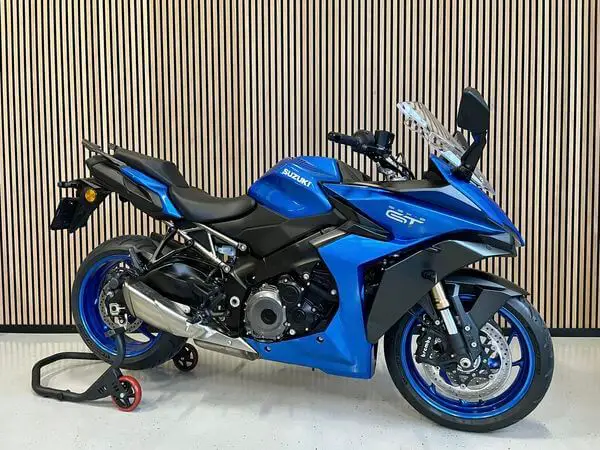
While the Suzuki GSX-R1000’s advanced traction control and wheelie control systems help put its power down more effectively from a dig than superbikes of the early 2000s, there are still ideal external conditions to aim for when performing top speed testing:
- Lower ambient temperatures – Colder air is more dense, allowing more oxygen per intake charge for optimal combustion. This also keeps engine temperatures low to avoid detonation on the ragged edge.
- Low humidity – With excess moisture in the air fuel mapping has to subtract timing advance reducing power compared to drier conditions.
- Minimal wind – Strong headwinds or gusty crosswinds introduce stability challenges and slow acceleration into higher speeds.
- Positive road camber – A slightly banked road better parallels the bike’s suspension angle leaned over at speed.
- Smooth tarmac surface – Debris or bumpy surfaces unsettle the front end causing instability and traction issues.
- Gradual acceleration – Building engine speed incrementally in each gear is key for traction. Grabbing too much throttle suddenly upsets chassis.
Pro riders and motorcycle journalists testing top speed capabilities normally scout out remote, closed-course sections of arrow straight highway through dry desert regions to achieve both maximum safety and performance.
Gearing Changes to Improve GSX-R1000 Top Speed
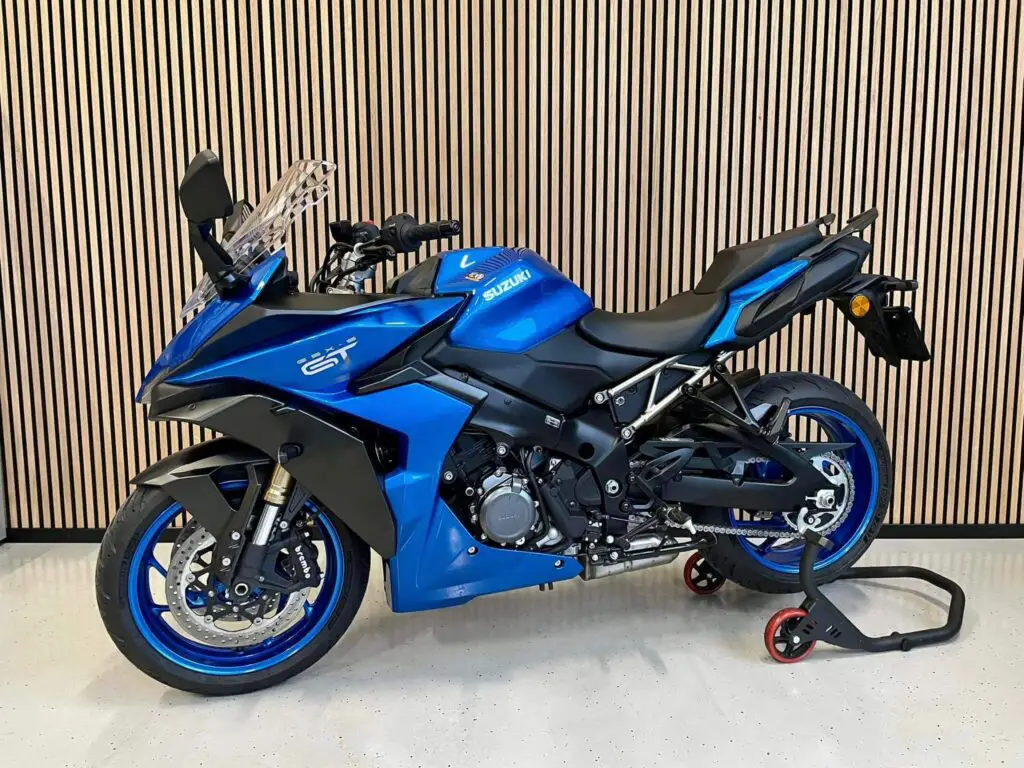
With around a 14,500 rpm redline limiting fury at the upper end of the tachometer, getting through gears quickly is imperative for the GSX-R1000 to continue building momentum towards its maximum velocity of 183 mph.
Installing a larger rear sprocket with 2-4 more teeth drops each gear ratio slightly for reduced RPMs at highway speeds. This allows holding 6th gear longer without hitting redline as quickly, enabling the powerful engine to pull closer to that top speed depending on conditions and rider nerve!
A taller sprocket does reduce torque and acceleration from lower speeds however, so one downside is slightly lazier roll-on response getting the front wheel up to tap dance across three digit territory. Most riders keep stock gearing for lightening quick acceleration up to 160 mph or so, then install a larger rear sprocket solely for targeting new top speed records to brag about.
Electronics And IMU Performance Technology
Today’s superbikes like the Suzuki GSX-R1000 incorporate sophisticated inertial measurement units (IMUs) and refined traction control programs to help manage all that horsepower when the rider cracks the throttle wide open. By using lean angle sensors and finely tuned wheel speed sensors and engine RPM analysis, the bike’s ECU can regulate power delivery and braking in real-time to limit rear wheel spinouts during hard launches or panic braking scenarios.
On the Suzuki GSX-R1000, there are selectable power modes built into the Suzuki Intelligent Ride System (SIRS) that allow tailoring both peak power levels and the rate of power delivery to various conditions and rider preferences. It’s even possible to disable motion tracking traction control for track or wheelie use if desired while still retaining the safety net of ABS.
Bolt-On Modifications to Break the 200 MPH Barrier
In fully stock form, Suzuki has the GSX-R1000 fine tuned to balance emissions, longevity, low-end power, and top end performance within their targeted goals. But once the warranty period ends, here are some bolt-on upgrades street riders and amateur racers implement to push top speed even closer to that elusive 200 mph milestone:
- Taller rear sprocket – Adding 2 teeth drops cruising RPMs for faster acceleration approaching the 183 mph top speed.
- Full exhaust system – Aftermarket slip-ons and mufflers reduce weight and increase top end power. But need fueling adjustments.
- ECU flash tune – Custom engine mapping unleashes more torque and horsepower up top once intakes and exhaust are upgraded.
- Lower fairings – Remounting license plate brackets and turn signals lower improves rider tuck for less drag at extreme speeds.
- Fuel optimizer – Chemical additives and higher octane race gas further resist detonation during sustained WOT runs near redline.
With that combination of sensible bolt-on modifications, riders report GSX-R1000 speeds reaching up to 193 mph based on GPS data rather than overly optimistic speedometer readings before having to roll out of the throttle.
Pros and Cons of the Suzuki GSX-R1000’s Serious Speed
Pros
- Insane top end rush as the legendary inline four shrieks towards 14,500 rpm redline
- Huge street cred blowing doors off most challengers once past 120 mph
- Traction control and ABS safety nets help manage all that horsepower
- Surprising high speed stability thanks to wind tunnel refinement
- Alter sprocket sizes to increase acceleration or maximize top speed
Cons
- Tall 1st gear is challenging for launching smoothly from a stop
- Peaky power delivery demands riding near redline to experience full performance potential
- Aggressive ergonomics sacrifice long range comfort
- Requires premium fuel and frequent valve inspections to handle boosted combustion pressures
- Exceeding 183 mph electronically limited top speed requires modifications
What Owners are Saying About the Suzuki GSX-R1000
With nearly two decades spanning across five generations, Suzuki GSX-R1000 owners have logged millions of miles. Considering its performance capabilities they are overwhelmingly positive about their bikes, while offering some blunt constructive feedback around deficiencies.
Owners praise the GSX-R1000 most for its legendary engine power, sharp handling dynamics, electronics safety features, aggressive aesthetics, and surprising reliability despite the extreme performance levels. Here’s what actual owners say:
“Stock for stock this 2005 Suzuki GSX-R1000 holds its own against newer superbikes. Just an amazing engine. But man do my wrists and back hurt after long rides.”
“I’ve owned my K5 Gixxer for almost 8 years now. Never given me any issues and still scares me with how hard it pulls to redline in every gear! Gonna hand it down to my son I think.”
“Traction control is actually pretty damn good. Saved my ass once when I grabbed too much throttle leaning over mid-corner. Engine braking kicked in and prevented a huge highside.”
“Yeah seating position is very aggressive compared to my friend’s BMW S1000RR. I’m young so I can handle it fine for now. But probably couldn’t daily commute on my Gixxer.”
Conclusion – What is the Real-World GSX-R1000 Top Speed?
Given favorable conditions and basic bolt-on modifications, the legendary Suzuki GSX-R1000 is fully capable of exceeding its listed top speed of 183 mph as rider feedback and GPS verified speed runs confirm. In ideal scenarios on closed courses, speeds up to 193 mph have reportedly been achieved by GSX-R1000 models with modifications.
However, once past the max tested speeds, this enters dangerous territory better left to closed courses with professional safety equipment and medics nearby. While thrilling to experience the bike’s capabilities occasionally in controlled conditions, responsible street riders are wise to exercise extra prudence obeying speed limits when around other motorists, bikes, and traffic.
Even if not constantly exploiting the full performance potential lap after lap, the GSX-R1000 inspired by MotoGP technology still represents an incredible feat of Japanese engineering. It delivers a visceral experience staying within sane legal speed limits while offering the satisfaction of having world-class superbike performance truly accessible in times of need. Over 199 horsepower unleashed at the twist of a wrist makes riding a GSX-R1000 special.
